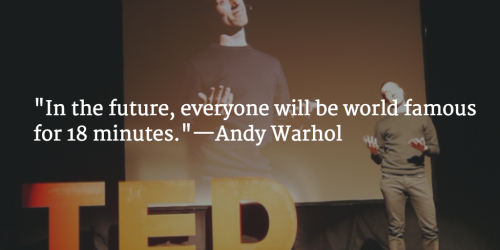on tools for thinking and irritating your readers

As an editor, I judge the strength of a piece of writing by the weight of its emphasis on a single viewpoint. If you read something written (well) by a person with a substantially different way of seeing the world than your own, it should hurt.
In reading, you take the author’s side long enough to weigh their argument. You’re forced to try the ideas on for size simply to make sense of them. Reading isn’t a dogfight; you have to get in the author’s cockpit whether you like it or not. This can be delightful, if what you’re reading affirms your own beliefs and values. If it doesn’t…
COGNITIVE DISSONANCE
Which can be agony. I edited some books for Penguin’s conservative Sentinel imprint, so I’m all too familiar with this sensation. (If you’re conservative, you just experienced it, too. Sorry, Mom and Dad.)
The degree of pain your writing arouses in someone who disagrees with you is proportional to the pleasure your true audience will feel when they discover your work.
Consciously or not, we sense this power when we write. Fear bubbles up. So we stop writing, or we temper our words until they’re safe and dull and of no use to anyone.
I don’t want to pasteurize my thinking and neither should you, if you’re looking to build an audience. Say something and, when you revise, say it harder.
Recently, I learned on Gizmodo that mathematicians around the world are stockpiling Hagoromo Fulltouch Chalk, the so-called Rolls-Royce of blackboard writing implements, because its Japanese manufacturer is going out of business.
(More accurately, mathematicians would probably call it the Cosmos of blackboard writing implements, since Cosmos is their favorite brand of pocket protector.)
Hagoromo boasts an enamel-like finish that protects your fingers from white dust, and writes with a creamy responsiveness that can’t be matched by its competitors. (You’re pathetic, Crayola Nontoxic Anti-Dust Chalk. I can’t even look at you right now.)
In short, if he’d had Hagoromo chalk, Fermat might have squeezed out some more math. And then we’d be calling it Fermat’s Penultimate Theorem.
Tools are important. Sarah Zhang at Gizmodo writes:
In the 21st century, chalk is still one of the primary tools of mathematicians . . . Powerpoint slides don’t work for writing out a problem step by step. Plus, technology has that annoying tendency of becoming glitchy at the most inconvenient times.
When creating, you want to reduce friction as much as possible. For mathematicians, that means chalk. For me, that means as much as possible sticking to iA Writer, a rock-solid and aggressively simple text editor. You really can’t go wrong with text.
This philosophy applies to every aspect of your work. The deeper you get into your own expertise, the less complexity you want to tolerate in other areas. (This is why you bring in outside help on your book, hint hint.)
Plus ça change: Back when I started out as an editorial assistant at Penguin, there was a particular brand of red pencil preferred by editors and copy-editors, the Sanford Col-erase in Carmine Red. When the manufacturer folded, I (ambitiously, considering my dismal prospects at the time) decided to stockpile a few boxes for the day I began editing my own manuscripts.
One red-pencil edit later, I tossed the pencils and switched to Microsoft Word. Still haven’t looked back.
I mean, seriously, a pencil?